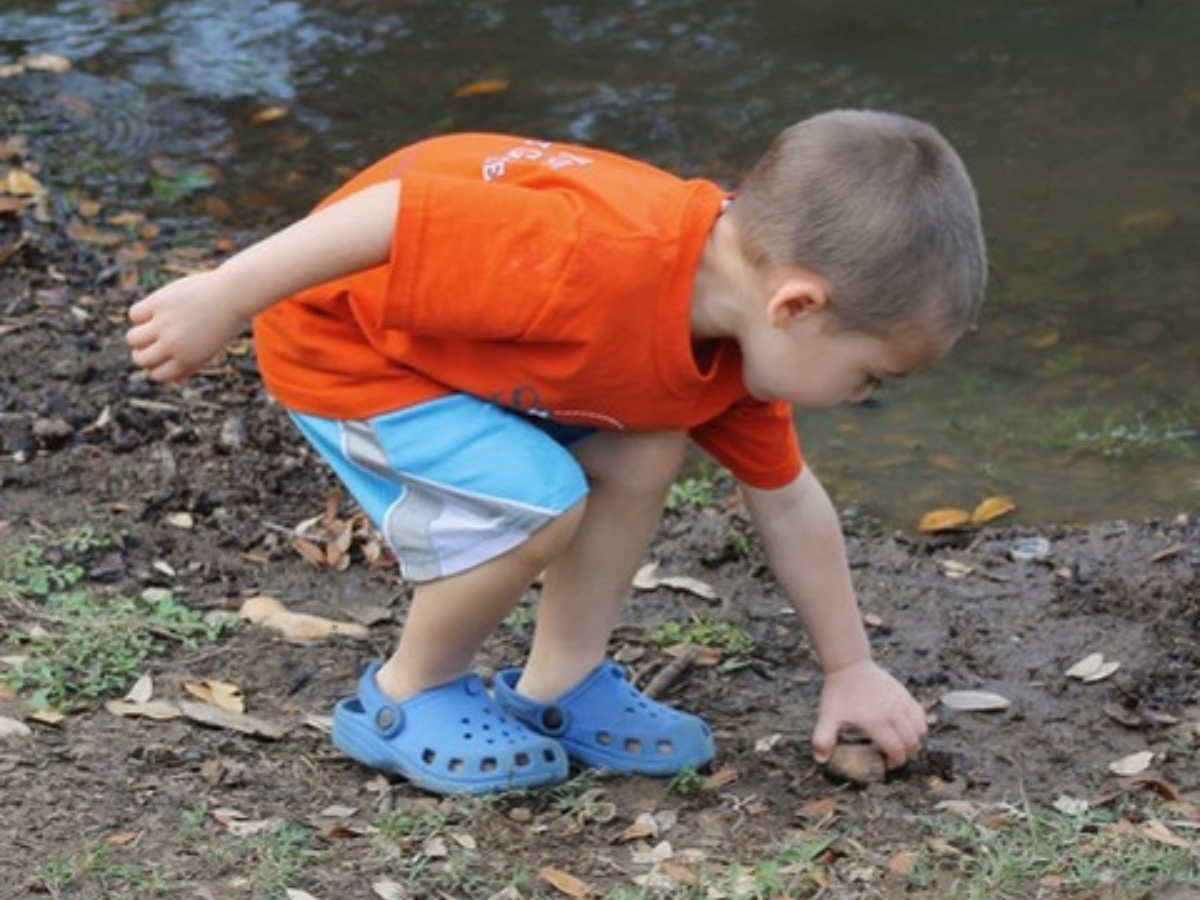
Connecting Children with Nature
Research now shows that children derive tremendous physical and mental benefits from a daily connection with nature. In other words; children who learn and play in nature are healthier, happier, and smarter. Children aged 0 to 5 years old stand to gain the most from this daily connection. Playing in nature is also vital to a child’s healthy immune system—playing outdoors improves vitamin D levels, which in turn supports healthy bone development, and also improves both cognitive development, and eyesight.
Here in Texas, the Department of State Health Services is now encouraging childcare centers to rethink their outdoor spaces and incorporate natural learning environments where young children can use their imagination to explore the outdoors with unstructured play in a natural setting. If you’ve ever watched a child’s face light up with pure delight as she watches a butterfly flutter from flower to flower, you’ll understand that nature also has the power to make us feel happy.

Photo Credit: Jennifer L. Bristol
During the middle-childhood years, meeting friends outdoors at a neighborhood park can be a way to socialize, gain independence, and strengthen interpersonal skills away from direct parental oversight. Spending time outdoors also allows teens time to reflect, to process the demands of school, social pressures, and the endless distractions of the modern world. Being outdoors and developing outdoor hobbies such as camping, kayaking and birdwatching also builds self-confidence, which is something teen girls wrestle with more frequently as they pass through adolescence. But perhaps most important of all to me is the knowledge that when kids spend time in nature, they’re likely to be more inspired to care for it as a result.
Spring is coming to Texas and there are all kinds of opportunities to get out and play. For families with teens, this can also be a time to volunteer outdoors and do something positive for nature. To find out more about the benefits nature has on a child’s healthy development visit texaschildreninnature.org.

Jennifer L. Bristol is the former director for the Texas Children in Nature network at the Texas Parks and Wildlife Department where she raised awareness about the benefits that nature provides for a child’s healthy development. She has authored several articles for Texas Parks and Wildlife Magazine and her first book, Parking Lot Birding: A Fun Guide for Discovering Birds in Texas with A&M University Press will be published in spring 2020.
